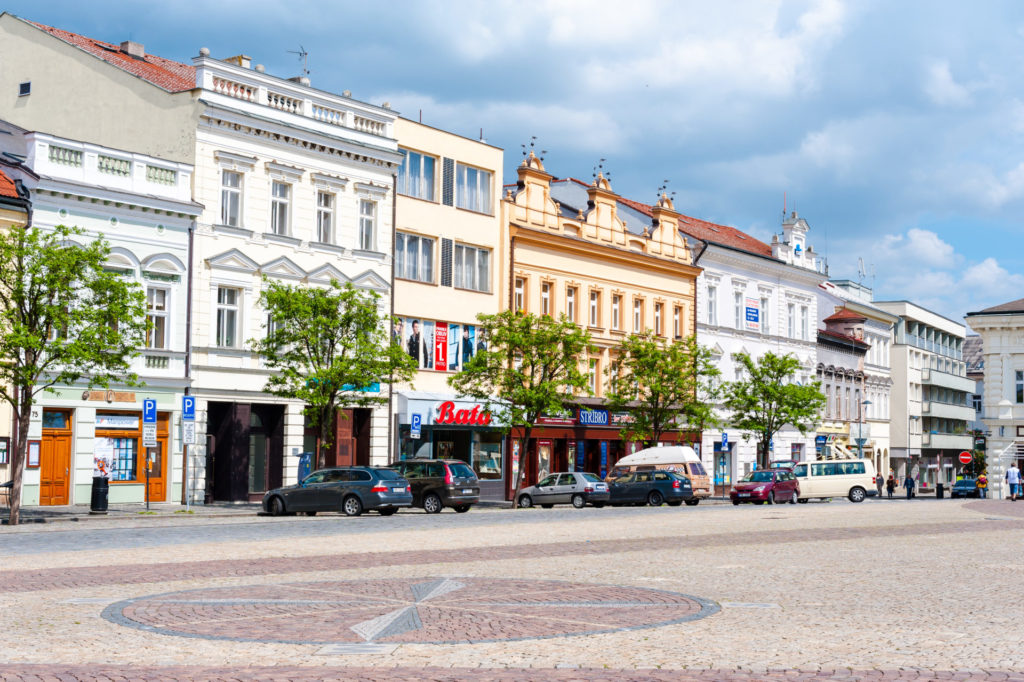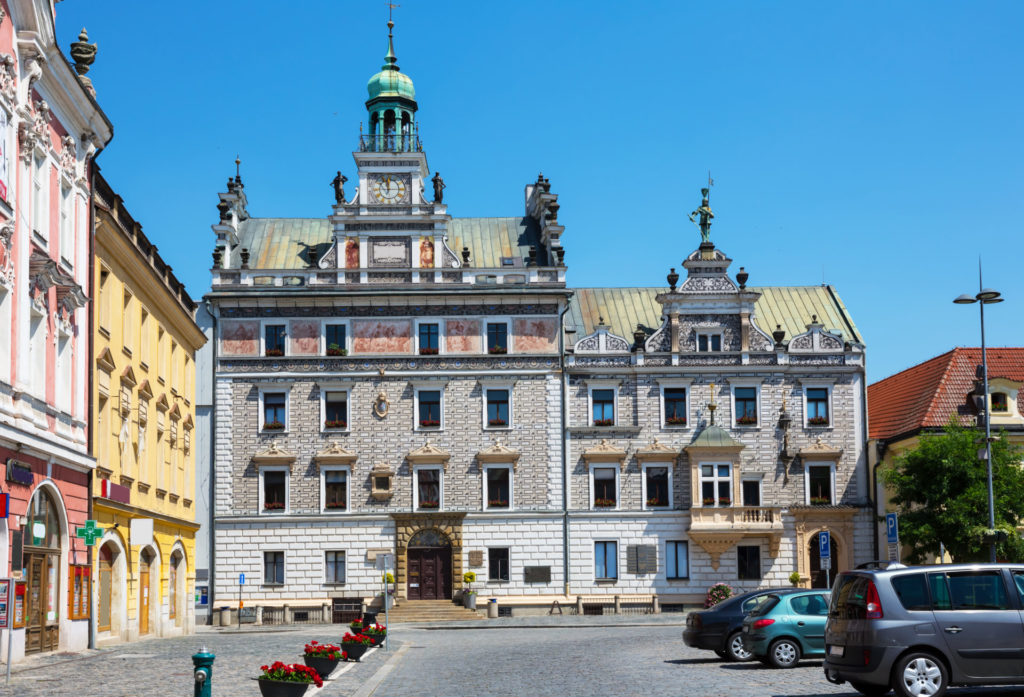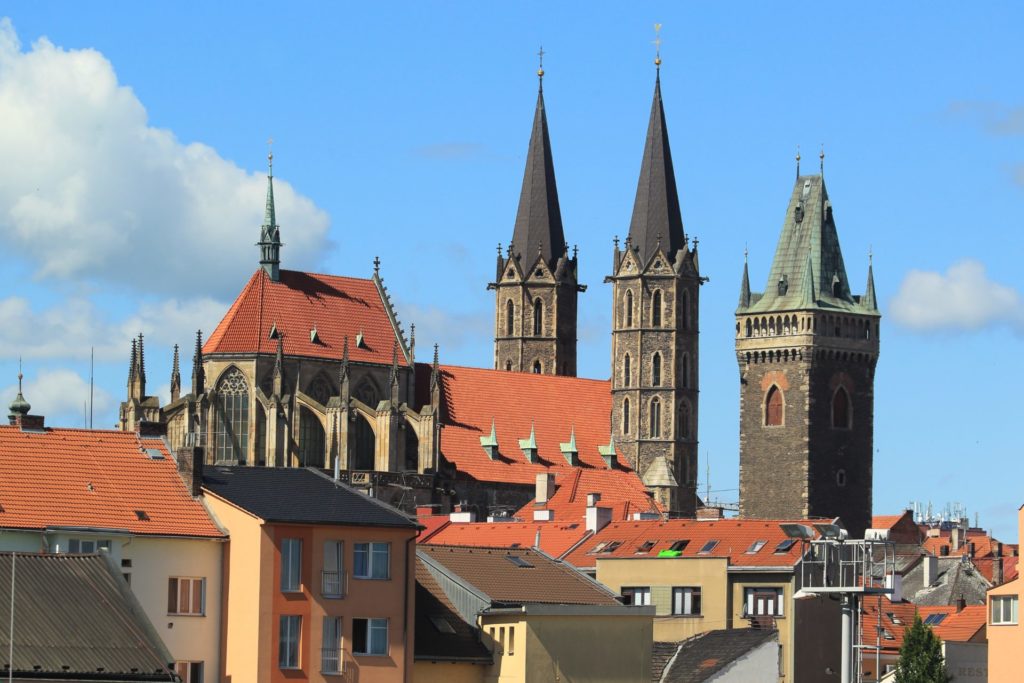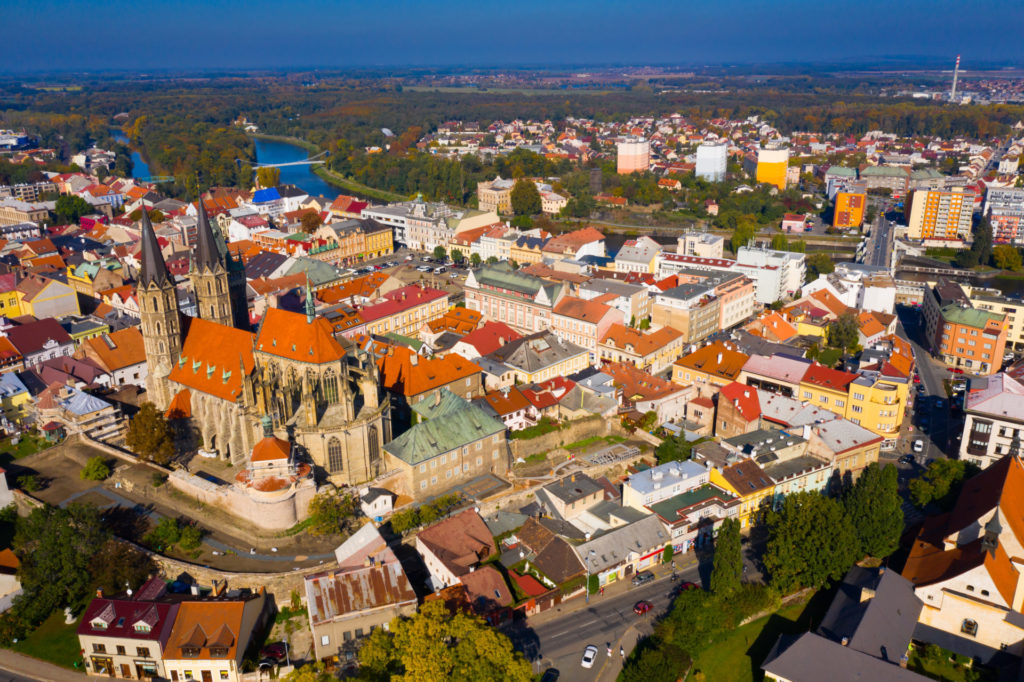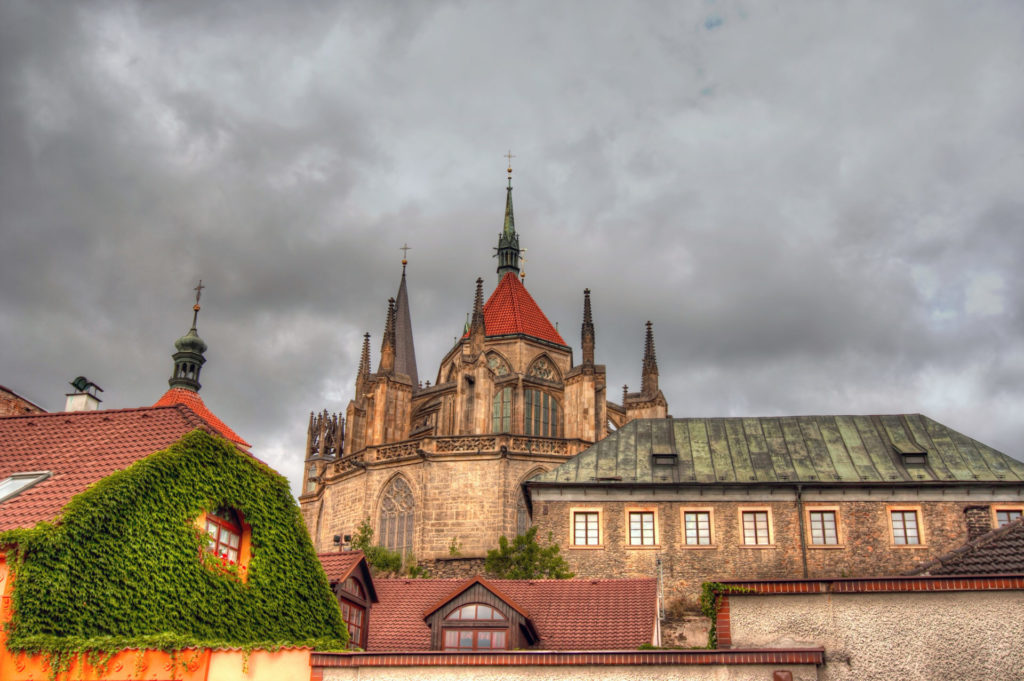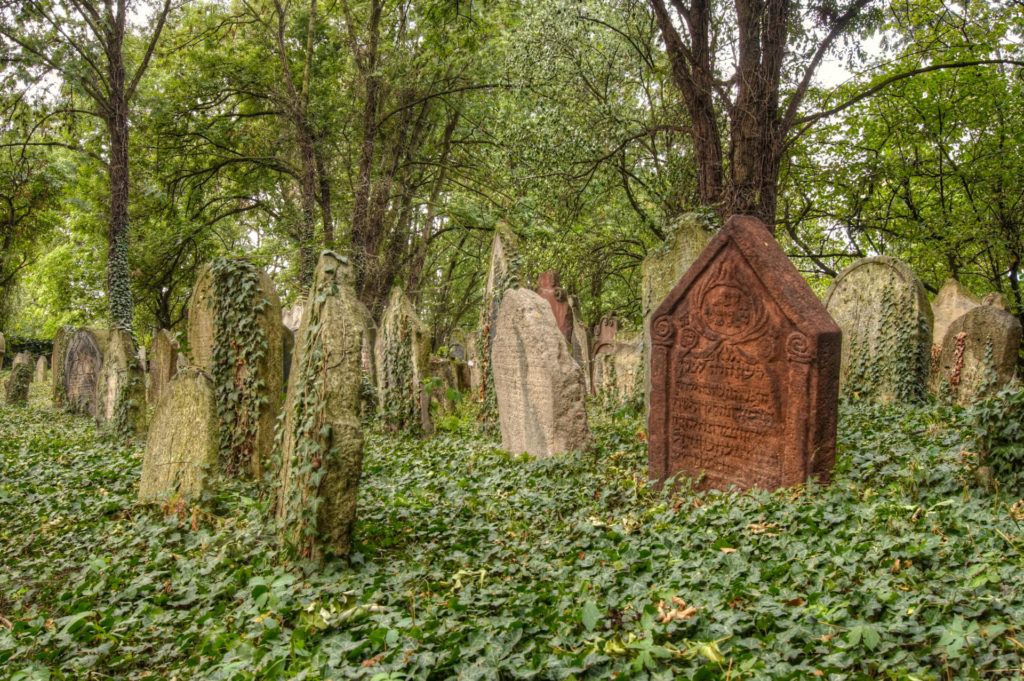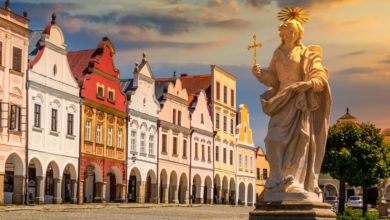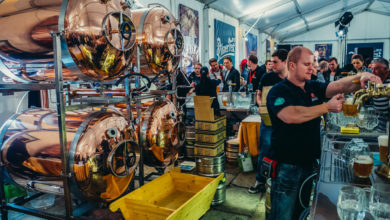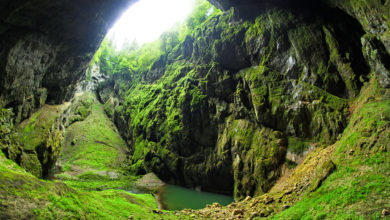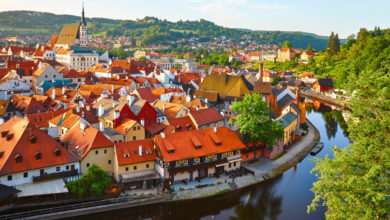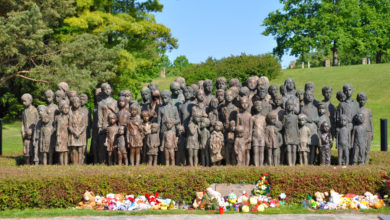Kolín
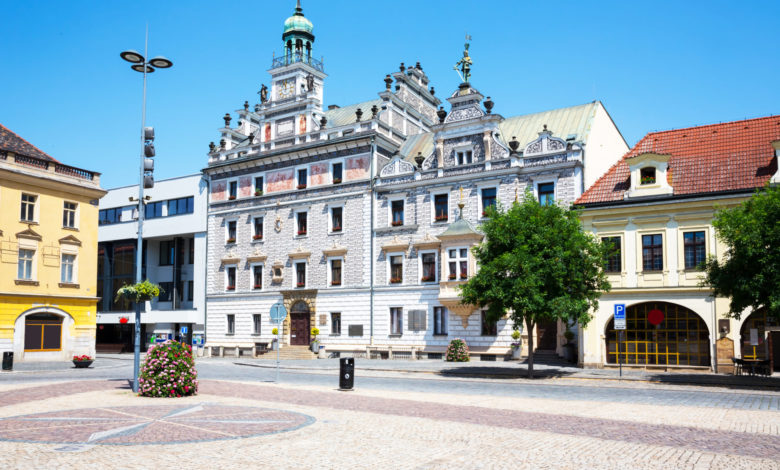
Spread on both banks of the Elbe, the city of Kolín lies in the fertile Elbe lowlands, around 50km from Prague.
Rich archaeological finds in and around the city brought to light numerous artefacts witnessing all known past cultures on Bohemian territory. The place was a junction of three important merchants’ trails back in Roman times, as many excavated coins as old as from the Classical times prove. The middle of the l3th century brought to order by Přemysl Otakar II to fortify Kolín with walls, as the Latin record made by the royal scribe shows. The oldest document with the name of Kolín in it bears the date of 1261. Kings Charles IV and Wenceslas IV gave the town many privileges to promote the city’s growth and its citizens’ wealth. At that time, Kolín’s position was prominent among the Crown cities, in size as well as in importance. The harshest humiliation and poverty ever seen came during the 30-Year War, the period of constant siege and plundering. June 18, 1757, saw one of the bloodiest clashes of the seven-year Prussian-Austrian War close to the town. This Battle of Kolín imposed a defeat on Fridrich I by Maria Theresia’s troops, after which the Prussians had to clear Prague and withdraw from Bohemia. Under Joseph II, Kolín flourished again. Trade and crafts expanded, and Kolín changed its face. The early 18th century National Revival was beneficial to Kolín, the first bastion of the patriotic rush. Industry and trade were given a new impetus by the 1845 railway, too. In 1869, the streets of Kolín got gas lamps, and the North-Western Railway commenced in 1872. The two World Wars later hindered the development. But the intermediate period saw the city and its industries expand enormously. 1927 gave the city a new bridge across the Elbe, and 1932 added the first calorific power plant. The city’s heart has been preserved in Charles Square in its original layout and the many proud baroque gables. The centre point is the 1780 fountain and the 1682 Plague Post. The town hall in one corner is worth attention, especially due to the ceiling paintings in the big hall and gallery and the three paintings by Václav Radimský.
The skyline is dominated by the late-13th-century Gothic St Bartholomew’s Cathedral. The magnificence of the two octagonal towers and the square belfry, the work of Petr Parléř, has been ruling over the place for centuries. Remainders of the Jewish Ghetto, the synagogue and the old Jewish Cemetery are worth mentioning as well. Numerous prominent celebrities were born, lived or worked here. The list of famous natives includes names like Jean Gaspard Deburau, colossus of world pantomime, painters Vincenc Morstadt and Rudolf Kremlička, photographer Josef Sudek, poets Svatopluk Machar and Karel Leger, actress Terezie Brzková and the world-famous operatic cantatrice Ludmila Dvořáková. There is one personality who made Kolín famous worldwide: the composer and conductor František Kmoch, whose memory is an acoustic one – the annual festival of brass-band music called “Kmochův Kolín”.
Minibus Prague-Kolín. Alternative to train or bus. Book cheap door to door private minibus.

